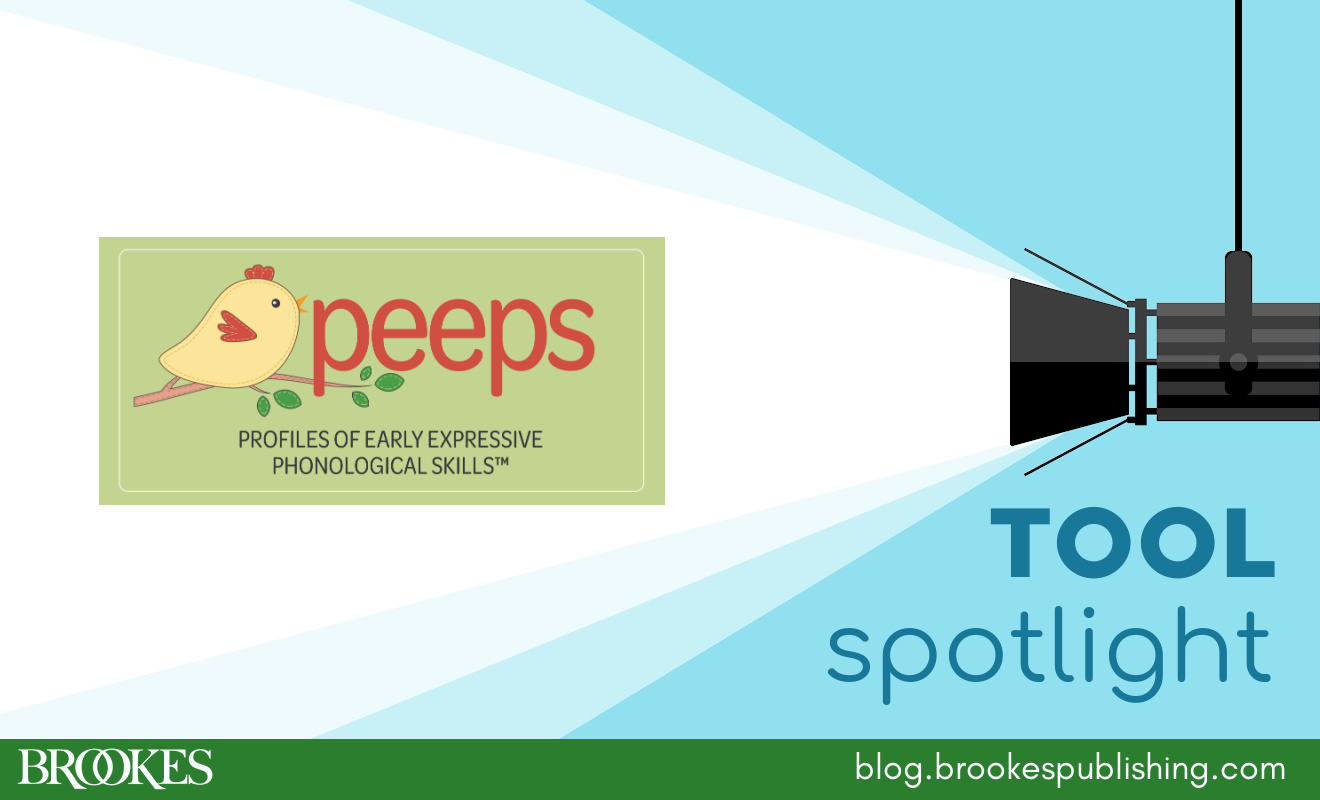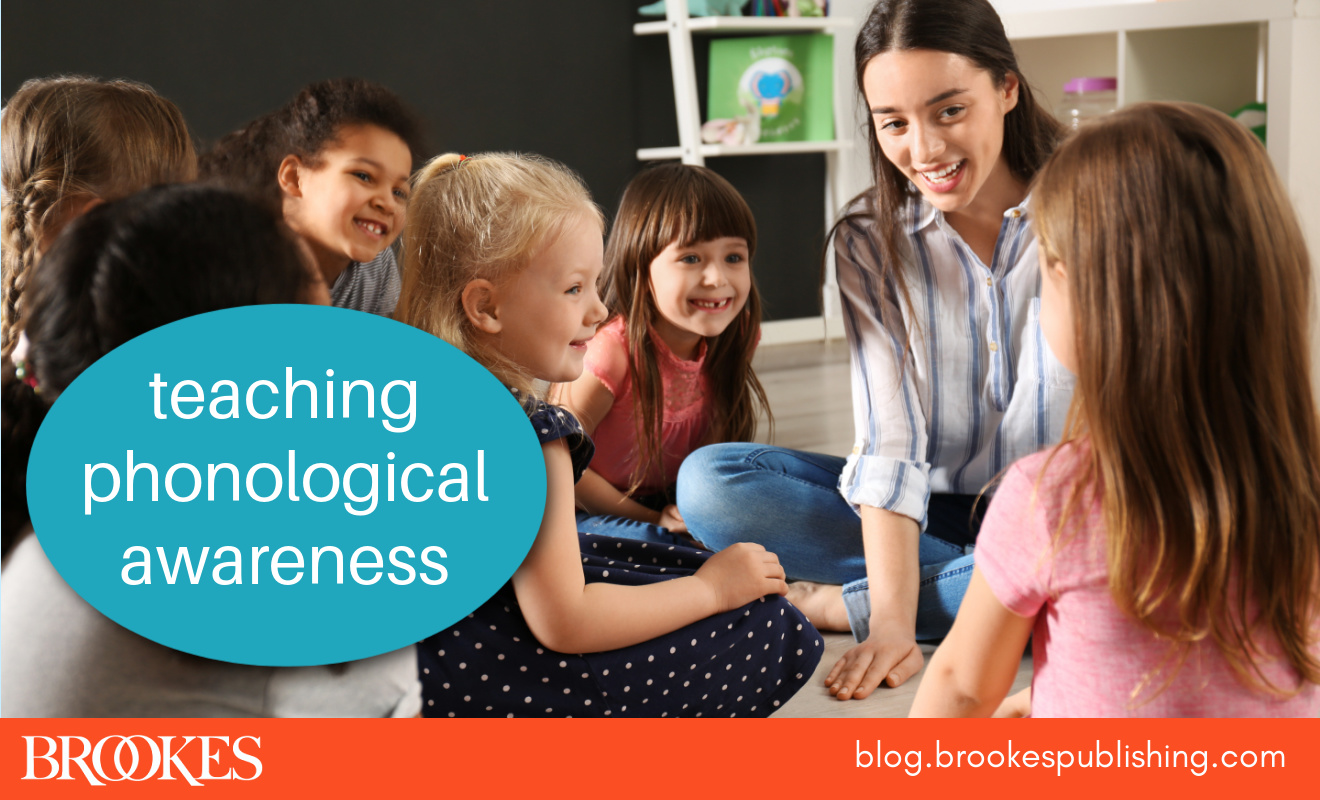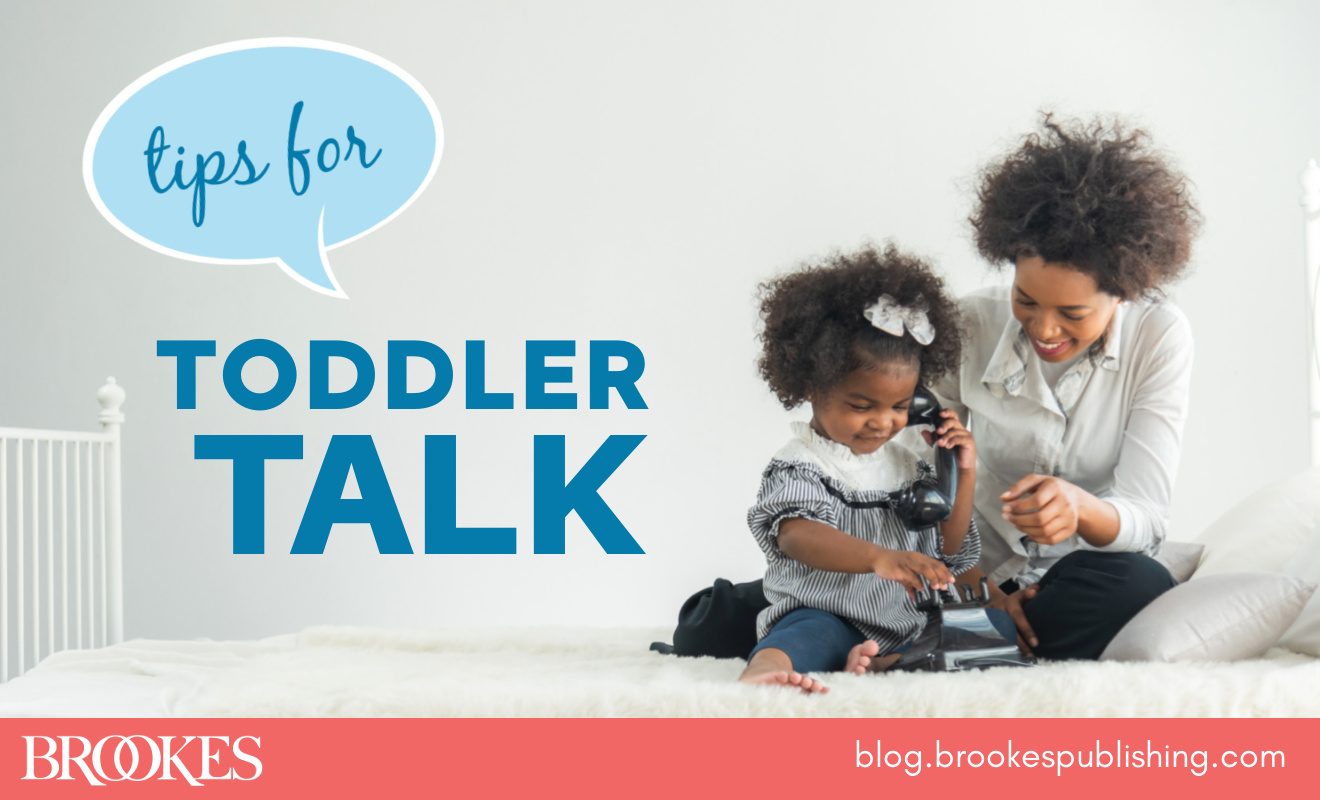Tool Spotlight: Profiles of Early Expressive Phonological Skills (PEEPS)
May 18, 2023
 Phonological development is strongly linked with a child’s later success with language and literacy. A new assessment releasing this month, Profiles of Early Expressive Phonological Skills™ (PEEPS™) by A. Lynn Williams & Carol Stoel-Gammon, is a quick, convenient, and flexible tool for assessing phonological skills and detecting delays. In today’s spotlight post, get the facts about PEEPS: what it is, who it’s for, why it’s important, and more.
Phonological development is strongly linked with a child’s later success with language and literacy. A new assessment releasing this month, Profiles of Early Expressive Phonological Skills™ (PEEPS™) by A. Lynn Williams & Carol Stoel-Gammon, is a quick, convenient, and flexible tool for assessing phonological skills and detecting delays. In today’s spotlight post, get the facts about PEEPS: what it is, who it’s for, why it’s important, and more.
What is PEEPS?
PEEPS is a comprehensive assessment of early phonological skills developed specifically for toddlers 18–36 months. Created by leading experts in early phonological development and speech sound disorders, PEEPS helps speech-language pathologists detect speech and language delays early, so children can receive the intervention and support they need to be effective communicators on track for academic achievement.
Why is PEEPS an important addition to the field?
PEEPS is essential because it’s:
- Developmentally appropriate. Unlike similar tools, PEEPS is specially developed to screen young children and uses elicitation techniques and vocabulary words that are appropriate for this population.
- An in-depth assessment of an overlooked skill set. Early phonological skills are often not assessed, even though they affect early lexical development. PEEPS is the tool clinicians need to analyze the key components of phonological development, including phonetic inventory, syllable structure, accuracy of consonant production, and error patterns.
- An accurate way to identify delays. Because most phonological measures aren’t designed for the young age range, young children may be overidentified as struggling with phonological skills—or a wait-and-see approach is taken with these children, which can delay starting early intervention. PEEPS helps accurately evaluate children struggling with phonological skills, so they can receive support as early as possible.




Write a Comment
Your email address will not be published. Required fields are marked *
Post a Comment